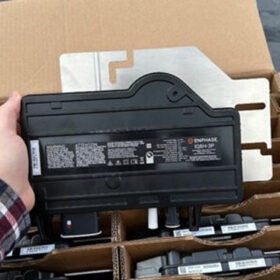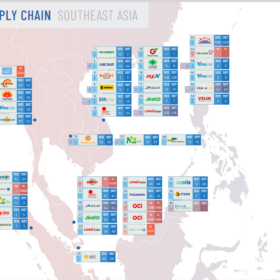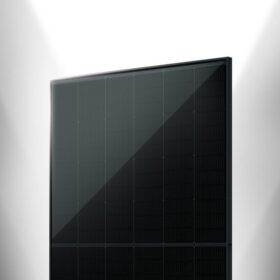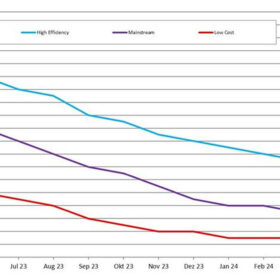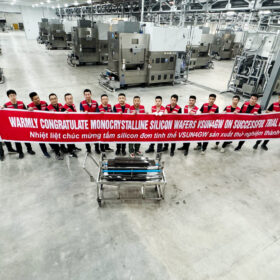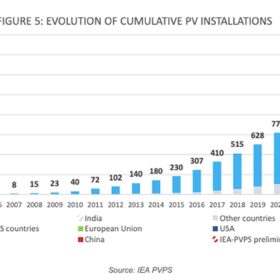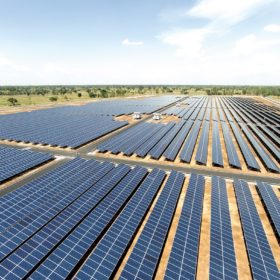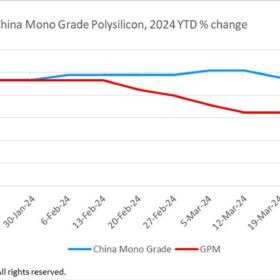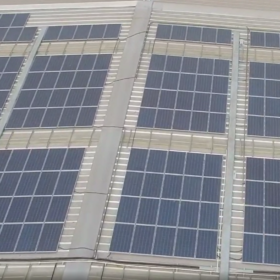Enphase Energy, Octopus Energy announce UK partnership
Enphase Energy says that Octopus Energy’s retail customers will be able to integrate solar and battery systems into their energy plans in the UK market, with the introduction of Enphase IQ8 microinverters and the IQ battery 5P platform.
Sinovoltaics maps out Southeast Asian PV manufacturing sites
The latest supply chain report from the Hong Kong-based technical compliance and quality assurance company covers the Southeast Asia region, providing information about 50 manufacturing sites.
Trina Solar claims 740 W output for TOPCon PV module
The Chinese manufacturer said Germany’s TÜV SUD has confirmed the results.
Solar module prices hovering at all-time lows
As solar module prices continue to fall, pvXchange.com founder Martin Schachinger explains how price pressure could increase in the weeks and months to come.
Vsun starts production at wafer facility in Vietnam
Vietnamese solar manufacturer Vsun’s new facility produces n-type silicon wafers and is expected to be ready for full production by the end of the month.
Global solar PV capacity hit 1.6 TW in 2023, says IEA-PVPS
The International Energy Agency (IEA) Photovoltaic Power Systems Programme (PVPS) has published a wide-reaching snapshot of the global PV market, covering installations, manufacturing, policy trends, and grid integration.
Sterling and Wilson Renewable Energy revenue up 51% YoY
Sterling and Wilson Renewable Energy has reported consolidated revenue of INR 3,035 crore in FY 2024, 51% up year-on-year. The company’s unexecuted order book surpassed INR 8,000 crore.
Acen pushes ahead with 9.6 GWh pumped hydro project in Australia
Development of an 800 MW/ 9,600 MWh pumped hydro project in the Central-West Orana Renewable Energy Zone in New South Wales, Australia, is now moving forward, as renewables company Acen Australia has started geological works on site.
Global polysilicon prices decline slightly
In a new weekly update for pv magazine, OPIS, a Dow Jones company, offers bite-sized analysis on solar PV module supply and price trends.
A look into the green credit system for renewable energy
Green credits offer a vital mechanism for incentivizing environmentally positive actions beyond just corporations, involving individuals and communities. By providing tangible benefits for sustainable practices, such as renewable energy adoption and conservation efforts, green credits engage the public at large, fostering widespread participation in combating climate change.
